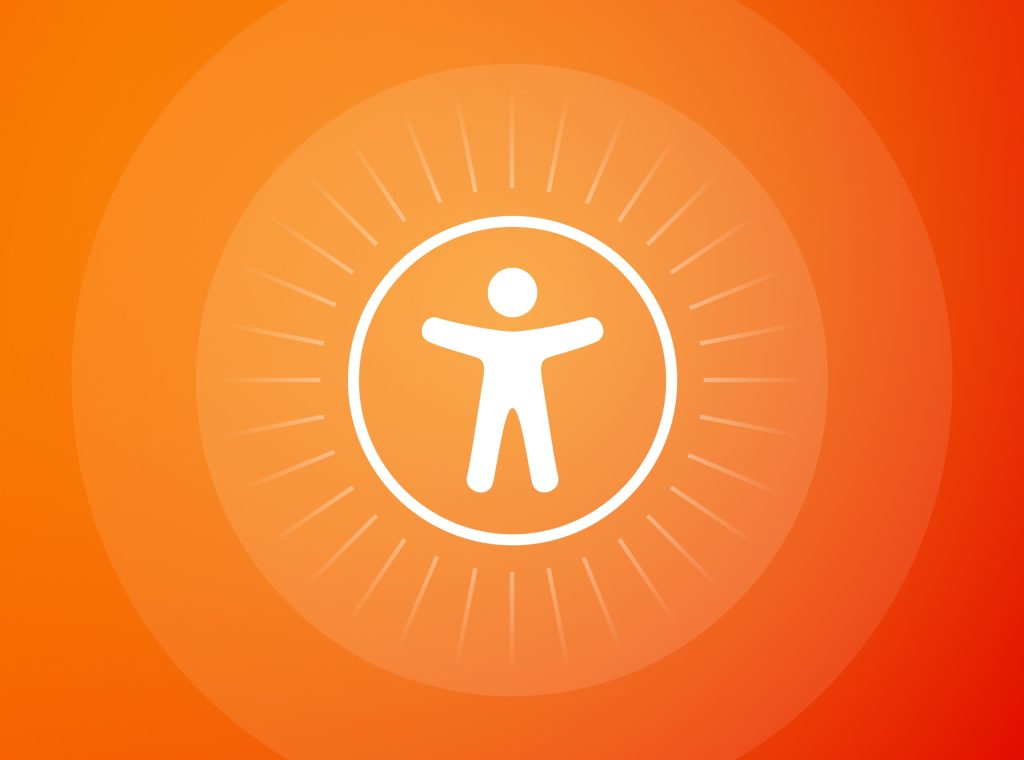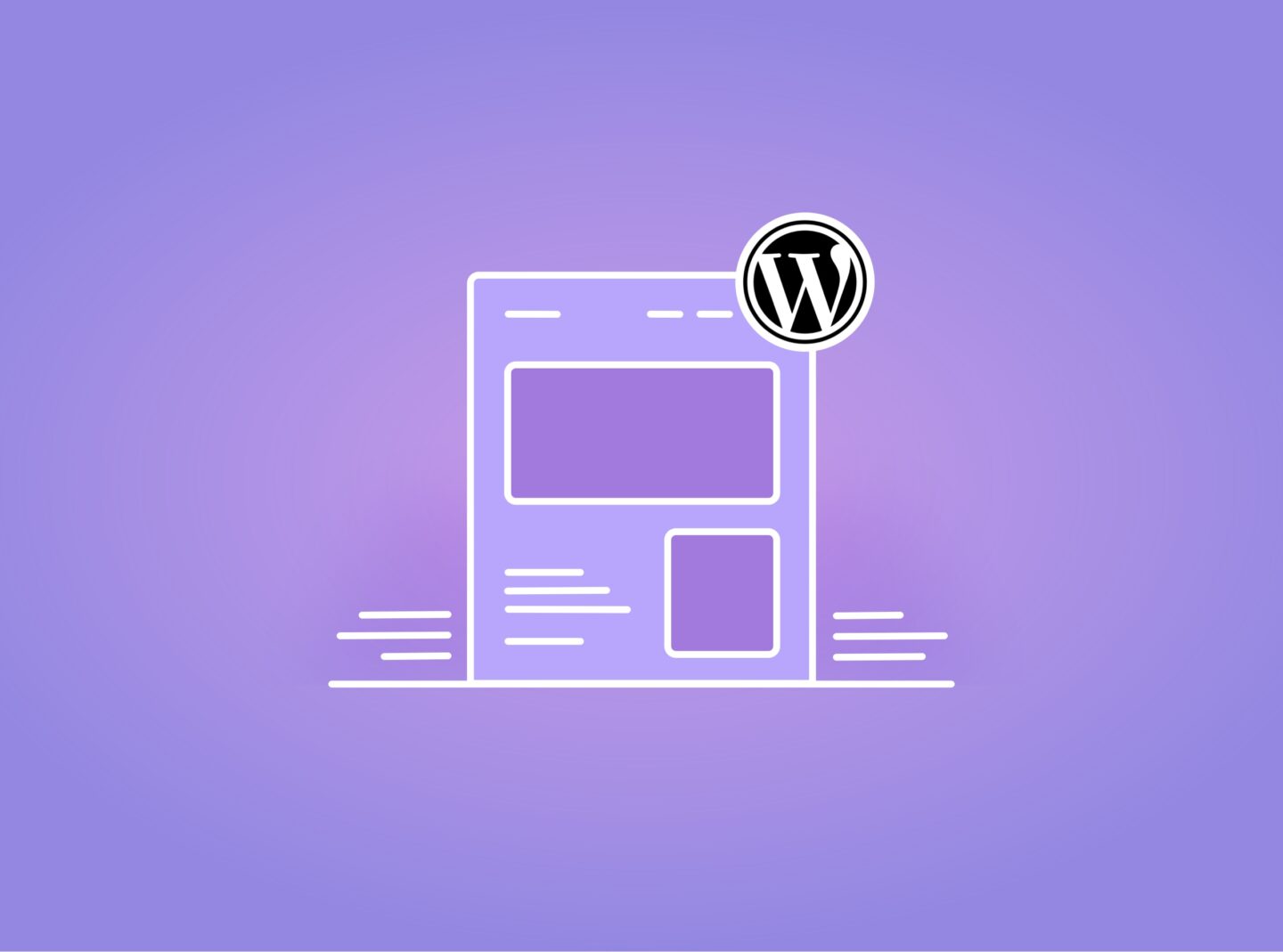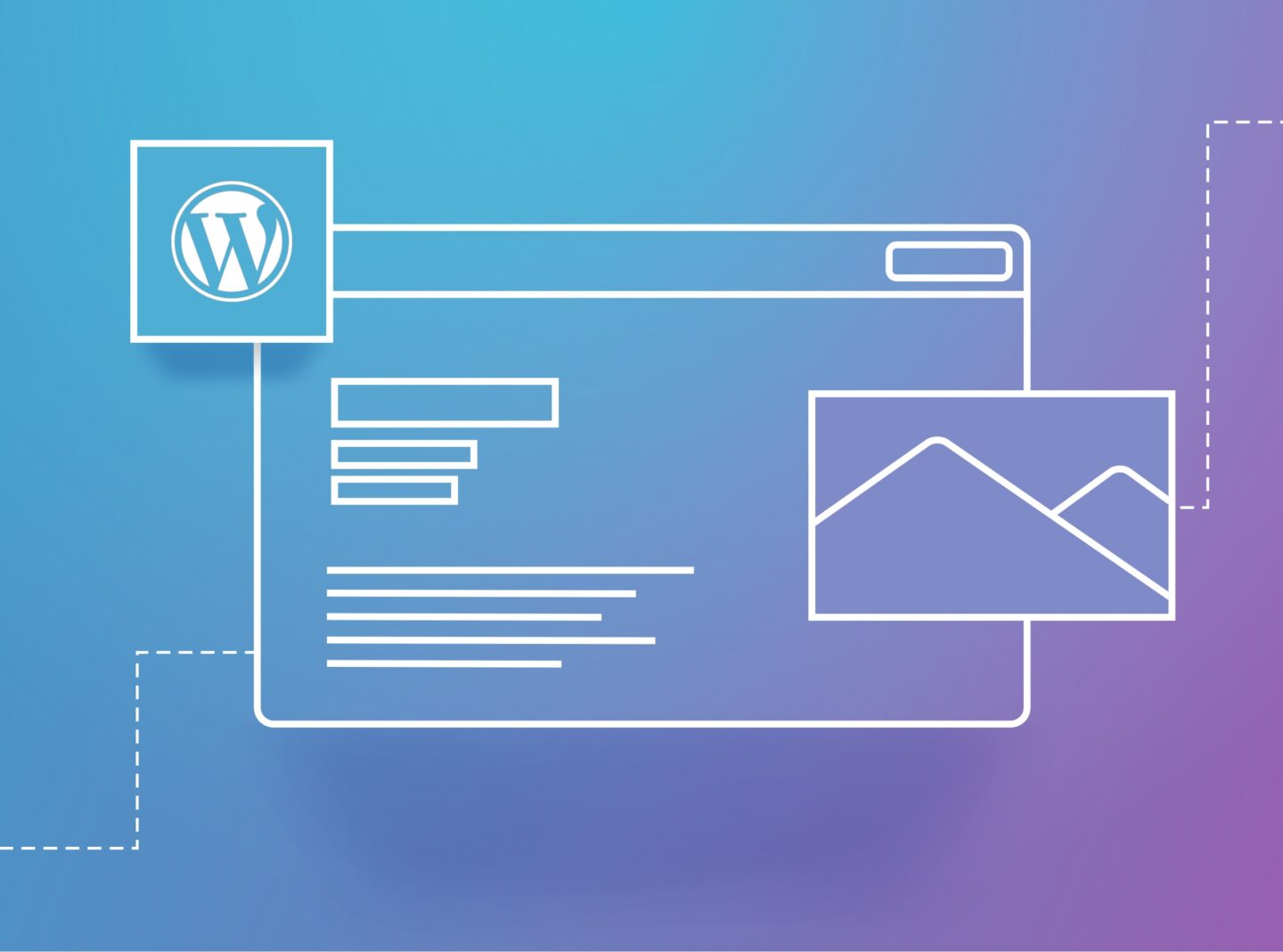We are all different but also the same. In today’s world, everyone must have the same web access. Unfortunately, not all sites can be accessed and used by all people. The accessibility of websites is often overlooked. Additionally, if your website is inaccessible to all those interested, then the audience for that content will be diminished. The good news is that the WordPress community has taken WordPress Accessibility seriously. They add more and more accessibility requirements to WordPress core with each update. Also, sometimes force the theme authors for basic changes regarding accessibility. Our team understands the importance of providing accessible websites and we strive to ensure that our themes meet the latest accessibility standards. In this blog post, we will discuss four things you should know about WordPress accessibility.
What is web accessibility?
Web accessibility refers to the inclusive practice of designing websites and digital content in a way that can be accessed and used by everyone, including people with disabilities. This includes visual, auditory, physical, and cognitive disabilities and temporary disabilities such as a broken arm or a slow internet connection.
Web accessibility involves implementing techniques and technologies that make web content perceivable, operable, understandable, and robust for all users, regardless of their special abilities. By ensuring accessibility, websites and digital content can be accessed by a broader range of users. This can help promote inclusivity, equity, and equal opportunities for all.
What are the benefits of making an accessible WordPress website?
WordPress accessibility is essential for several reasons. Here are a few:
- Legal compliance: In many countries, including the United States, web accessibility is a legal requirement under disability discrimination laws. Websites that are not accessible can be sued for discrimination.
- Ethical considerations: Making sure that all users can access and use digital content is the ethical thing to do. Failing to do so can lead to exclusion and discrimination against users with disabilities.
- Business benefits: By making websites and digital content accessible, businesses can expand their audience and customer base. It also helps to create a positive reputation and brand image.
- Better user experience: Web accessibility benefits all users, not just those with disabilities. For example, video captions can be helpful for people who are deaf or hard of hearing but also for people who are watching a video in a noisy environment.
- Future-proofing: As the population ages, more people will experience disabilities, making websites and digital content accessible will become even more critical.
How can you make your WordPress website accessible?
WordPress is a popular content management system that can be made accessible by following some best practices. Here are 4 tips to achieve web accessibility in WordPress:
1. Choose an accessible theme
When selecting a WordPress theme for your website, it’s important to choose one designed with accessibility in mind. Look for accessibility-ready themes that comply with WCAG 2.1 standards and provide accessibility features such as keyboard navigation, use the right HTML semantic markup, and screen-reader-compatible experience by utilizing ARIA roles/HTML5 landmarks.
2. Use accessibility plugins
While many plugins are available for WordPress that can improve accessibility, it’s important to choose ones that help you identify accessibility problems. Make sure to read reviews and check for compatibility with other assistive technologies. Themes and plugins don’t fix your accessibility goals just by activating them. WordPress accessibility plugins cannot replace a holistic approach to accessibility. But they can guide you to proceed to the necessary changes to make your site more accessible.
3. Follow accessibility standards
WordPress websites should follow web content accessibility guidelines, such as WCAG 2.1. This includes ensuring that content is perceivable, operable, and understandable for all users. Let’s see some examples. The first important factor is adding alternative text for images. Adding alt text to images makes them accessible to visually impaired people. Secondly, order your headings correctly. Use heading tags (H1, H2, H3, etc.) to structure your content in a logical order. This makes it easier for screen readers to navigate your content and for users to understand the hierarchy of your content. Also, you should ensure colour contrast. It is vital that the text on your website has sufficient contrast with the background colour, and the font size is rational. Last, you should use forms, so they are accessible to people who use screen readers. Use descriptive labels for fields, provide clear instructions, and include error messages.
4. Accessibility testing
It’s necessary to regularly test your WordPress site for accessibility issues using testing tools such as the WAVE Web Accessibility Evaluation Tool. Accessibility tools can help you identify and fix any issues that may be present, ensuring that your website is accessible to all users. This is probably the first thing you should do if you already have a website. The WAVE tool analyses a webpage and generates a detailed report of the accessibility issues identified, including common errors like lack of alternative text descriptions or missing headings and more complex aspects such as keyboard accessibility. It highlights issues by colour-coding problem areas within the HTML code or the rendered page. So, it helps developers and accessibility experts to determine precisely where to focus their remedial actions.
Conclusion
Improving accessibility in a WordPress website ensures all users can access and navigate the site easily. Furthermore, taking the time and effort to improve accessibility can also bring SEO benefits and increase website traffic from different users. Overall, prioritizing accessibility is a moral obligation and an opportunity to enhance the user experience and increase your target market to a larger demographic.



